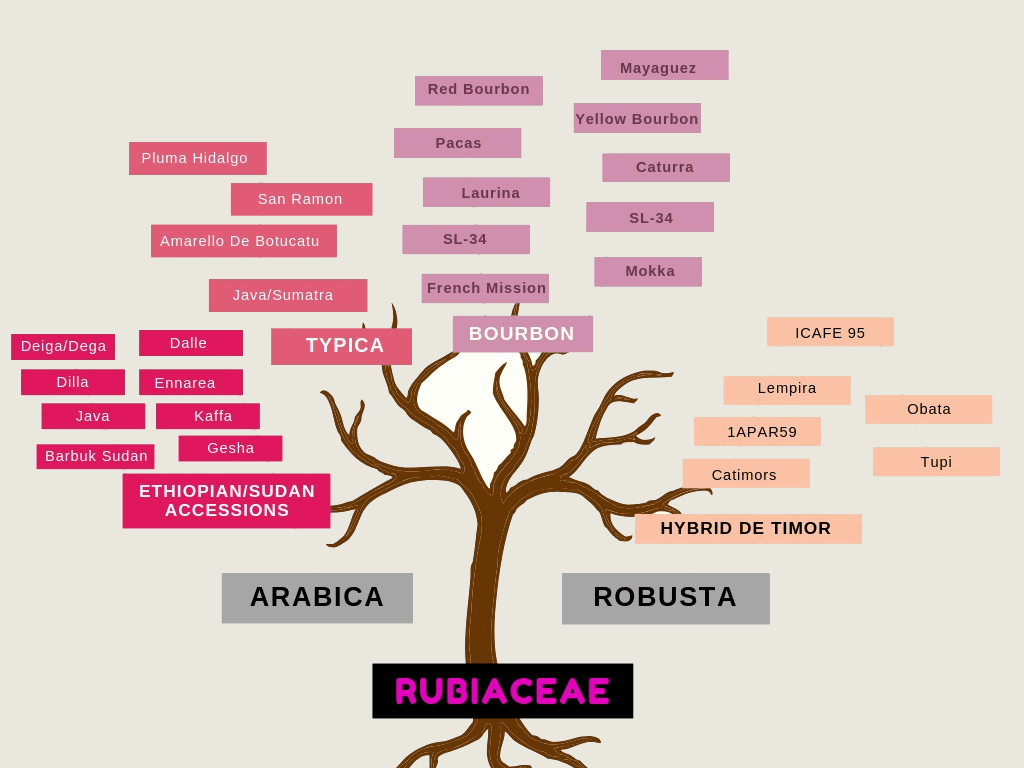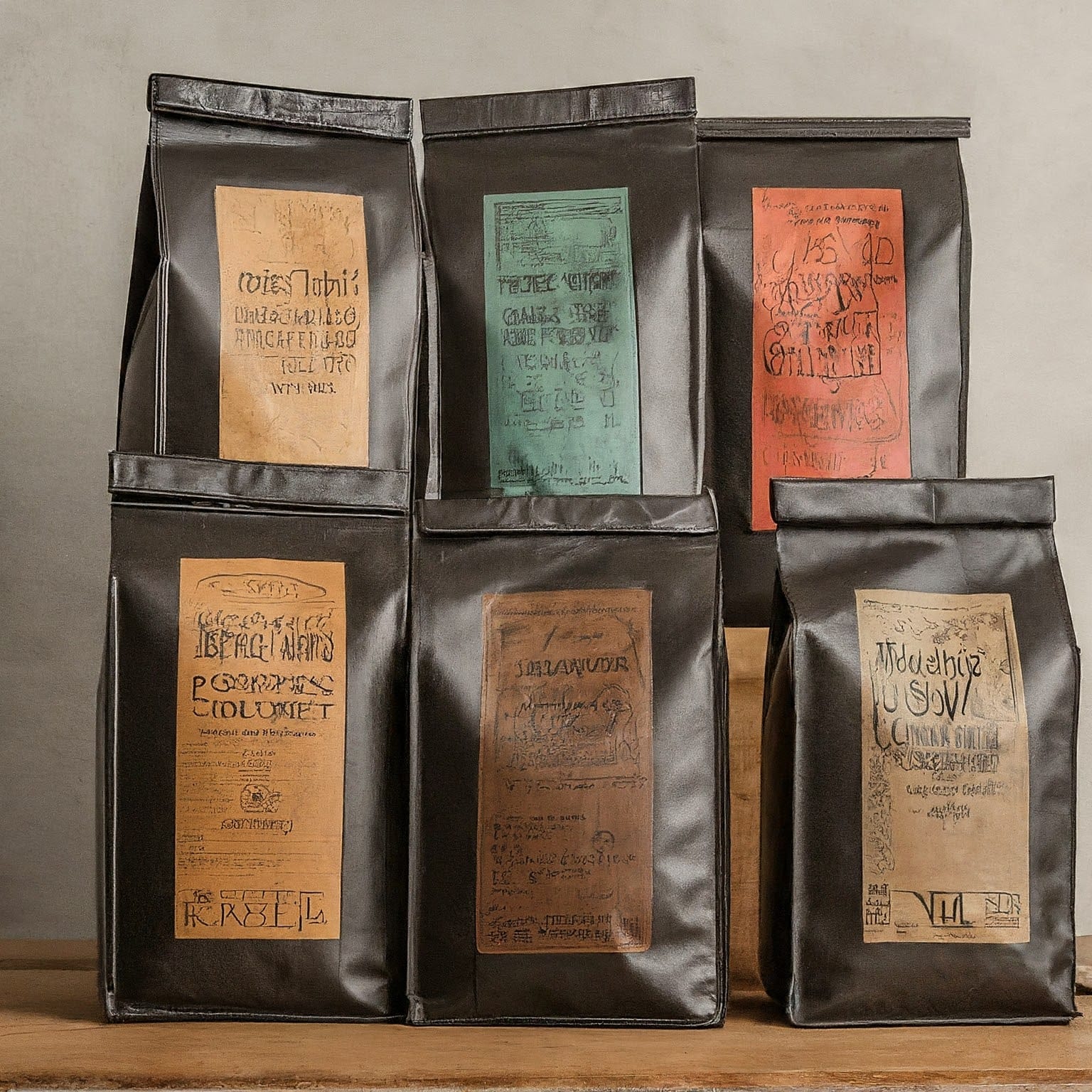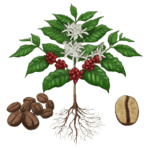Imagine stepping into a specialty coffee shop and being greeted by a dazzling array of coffee beans. The labels boast exotic origins like Yirgacheffe and Antigua, mysterious-sounding varieties like Bourbon and Typica, and promise a spectrum of flavors, from chocolatey notes to hints of blueberry. It can be overwhelming!
That’s where coffee taxonomy comes in. This system of classification helps us navigate the vast and diverse world of coffee, providing a framework for understanding the relationships between different coffee plants and their unique characteristics. Think of it as your roadmap to discovering new and exciting flavors.
The Coffee Family Tree
Just like humans have families and relationships, so do coffee plants! The coffee family tree, known as the Coffea genus, encompasses over 100 different species. Each species has its own distinct traits, influencing the flavor, aroma, and growing requirements of the coffee beans it produces.

Among these numerous species, two stand out as the heavyweights of the coffee world:
- Arabica: The undisputed champion of flavor, known for its sweetness, complexity, and nuanced acidity. This is the species you’ll most commonly find in specialty coffee shops, celebrated for its diverse range of flavors, from fruity and floral to nutty and chocolatey.
- Robusta: The bold and powerful sibling of Arabica, boasting a higher caffeine content and a more robust flavor profile. Robusta is often used in blends to add strength and body, or in instant coffee where its intense flavor can stand up to milk and sugar.
Beyond these two titans, there are lesser-known species like Liberica and Excelsa, each with its own unique characteristics and a growing following among adventurous coffee drinkers.
Why Coffee Taxonomy Matters
Understanding the basics of coffee taxonomy can significantly enhance your coffee journey. It allows you to:
- Decode Coffee Labels: When you see a bag of coffee labeled “Arabica,” you’ll know to expect a generally sweeter, more complex cup with a pleasant acidity. A “Robusta” label, on the other hand, might signal a bolder, more intense brew with a higher caffeine kick.
- Explore New Flavors: Knowing the different coffee varieties within each species can open up a world of flavor possibilities. Imagine discovering the delicate floral notes of a Geisha variety or the rich chocolate and spice of a Bourbon.
- Appreciate Terroir: Coffee taxonomy helps you understand how different species and varieties thrive in different environments. This knowledge deepens your appreciation for the concept of terroir – how the unique combination of soil, climate, and altitude shapes the final cup.
Coffee Taxonomy in Action
Here’s how you can put your newfound knowledge to work:
- Talk to Your Barista: Engage with your barista about the coffee they’re brewing. Ask about the species, variety, and origin of the beans, and see if you can detect the flavors and characteristics associated with them.
- Experiment at Home: Try brewing different coffee species and varieties side-by-side to compare their flavors and aromas. You might discover a new favorite or gain a deeper appreciation for the diversity of the coffee world.
- Read Coffee Reviews: Pay attention to the coffee species and varieties mentioned in reviews and tasting notes. This can help you identify coffees that align with your preferences and expand your coffee horizons.
Up Next: Seed 102: III. Arabica and Robusta – Meet the Coffee Giants
Now that you have a grasp of the coffee family tree, let’s meet the two most prominent members: Arabica and Robusta. We’ll explore their distinct characteristics, flavor profiles, and the roles they play in the global coffee landscape.





No Comment! Be the first one.